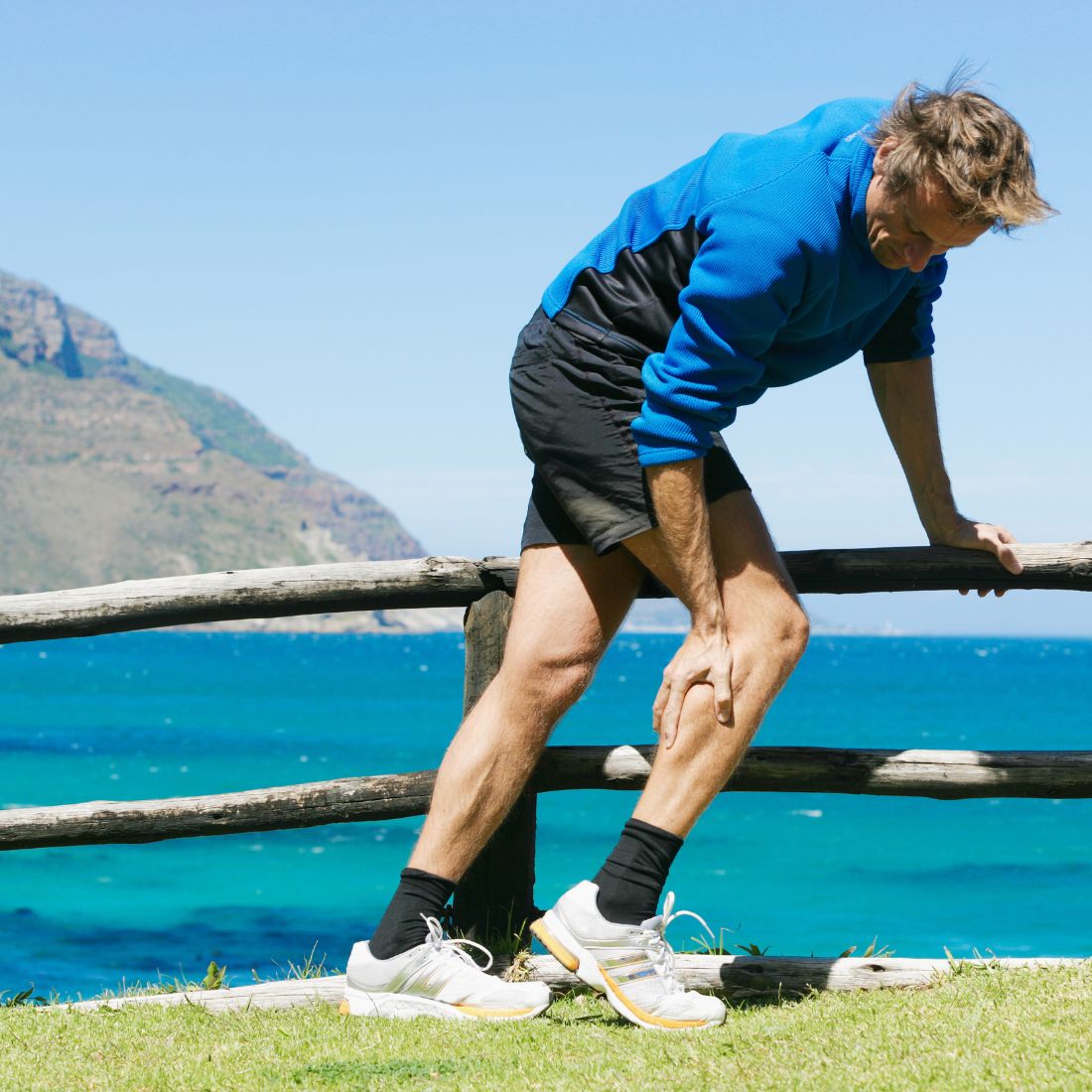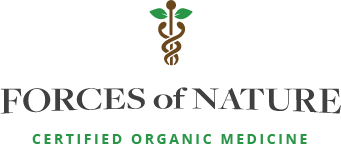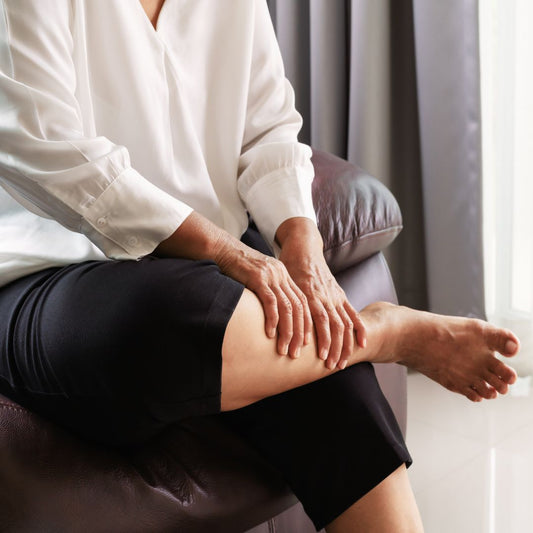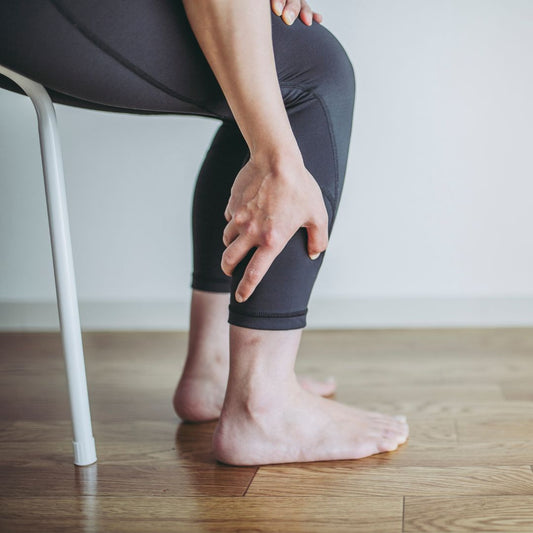By Dr. Peter Klapper Ph.D.
If you've ever had that nagging pain in your calf muscles, you know how frustrating it can be. Whether it's from a tough workout, a long run, or just standing on your feet all day, calf pain can slow you down. Don't worry, we have seven practical tips to help you manage and ease that calf pain so you can get back to doing what you love.
1. Put Your Feet Up
First things first, give your calves a break! Avoid activities that put extra strain on them, like running or jumping. Instead, try to rest up and, if you can, elevate your leg. Propping it up on a few pillows can help reduce swelling and improve circulation, speeding up your recovery.
2. Ice, Ice, Baby – or Maybe Heat?
For the first couple of days after your calf starts hurting, icing it can do wonders. A cold pack or some ice wrapped in a towel applied for 15 minutes every few hours can help reduce swelling and ease the pain. Once the swelling is down, switching to heat – like a heating pad – can help relax those tight muscles and get the blood flowing.
3. Stretch It Out
Gentle stretching is great for relieving calf tightness and preventing further issues. Simple stretches, like pressing your hands against a wall with one leg back or using a towel to pull your foot towards you, can help loosen things up. Once you're feeling a bit better, add some strengthening exercises like heel raises or using a resistance band. Just go easy – no need to push yourself too hard and risk more pain!
4. Compression Gear
Compression socks or sleeves can be your best friend when dealing with calf pain. They provide support and can help reduce swelling by improving circulation. Plus, they're super handy if you must be on your feet for long periods. Think of them as a little hug for your calves!
5. Stay Hydrated and Eat Right
Believe it or not, dehydration and a lack of certain nutrients can make muscle cramps worse. Make sure you're drinking plenty of water throughout the day, especially if you're active or it's hot outside. Also, eating foods rich in potassium, magnesium, and calcium – like bananas, spinach, and almonds – can help keep muscle cramps at bay.
6. Over-the-Counter Pain Relievers
Sometimes, a little extra help is needed. Over-the-counter pain relievers like ibuprofen or acetaminophen can help take the edge off and reduce inflammation. However if you are looking for a safer option, our muscle pain relief is a plant based topical solution to muscle relief free from harmful side effects.
7. Don’t Be Afraid to Get Medical Help
If your calf pain sticks around for more than a few days, gets worse, or is accompanied by swelling, bruising, or trouble walking, it’s probably a good idea to see a pro. A physical therapist can offer targeted exercises and treatments, and a doctor can rule out anything more serious, like a deep vein thrombosis (DVT) or a muscle tear.
Wrapping It Up
Calf muscle pain is no fun, but with some TLC and smart strategies, you can manage it effectively. Rest up, take care of yourself, and gradually work on strengthening those muscles. Always listen to your body – pushing through pain can make things worse. And if you're ever unsure, it's always best to get some professional advice. Here's to happy, healthy calves!
7 Effective Tips for Calf Muscle Relief




